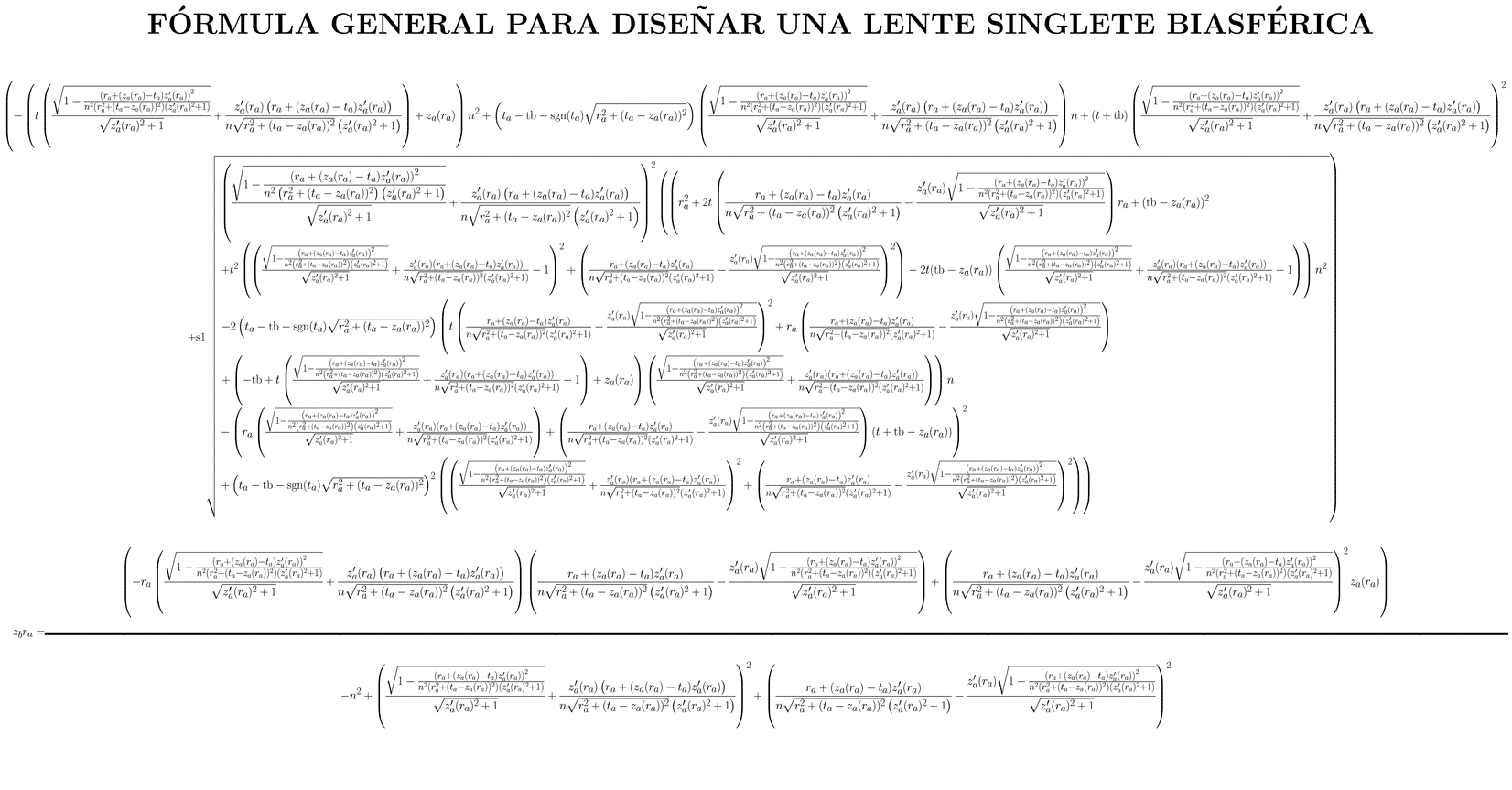What just happened? Optical imaging technology has come a long way over the years but problems still plague the industry. Now thanks to the discovery of a Mexican physicist, manufacturers and photographers alike have one less concern to worry with.
Camera lenses and other optical systems are made from spherical surfaces, largely because the shape is easier to form than non-spherical curved surfaces. The issue that arises with this is that light rays which hit the surface off-center are refracted or reflected more or less than those that hit at the dead center, resulting in an issue called spherical aberration - more or less, a lens that has a sharp focus in the center but is soft around the edges.
Lens makers have been attempting to remedy this effect for years by using aspherical lenses to counteract the phenomenon. It has worked to some degree but on a per-lens basis - each time a new lens is created, they have to start over from scratch.

Rafael Gonzalez from Mexico's Tecnologico de Monterrey somehow managed to craft an incredibly complex formula that can be used to completely remove all spherical aberration when manufacturing a lens. In testing on 500 different light rays, the formula was found to have an average accuracy of 99.9999999999 percent.
The discovery is expected to reduce the expensive trial and error associated with the lens-making business and could result in less complex lenses that are sharper with fewer elements. It could also have an impact on other areas of imaging as it could lead to sharper microscopes and better telescopes for deep-space gazing.
Details on the method were published in the journal Applied Optics.
Masthead credit: Camera lens by REDPIXEL.PL
